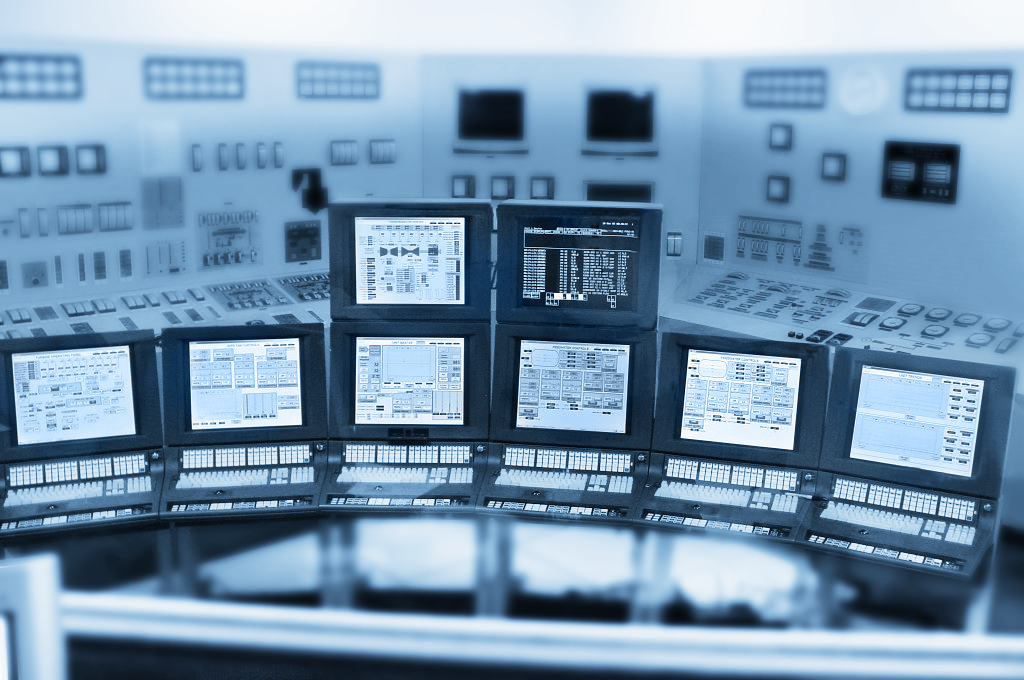
HMI displays are emulated using a scripting language similar to Microsoft’s Visual Basic language; this methodology yields HMI display screens nearly identical in every detail to the original HMI displays.
Usability milestones
nHance accomplished several challenging milestones during the development of HMI translators for enhanced usability:
- Automation of the HMI translation process so that no human intervention is required to translate hundreds of screens.
- Support for object scaling, offset, and rotation, including text rotation.
- Support for embedded objects (displays) and groups, complete with scale, offset, rotation and dynamics.
Speed
Typically, hundreds of HMI screens can be processed from beginning to end on a PC in a few minutes with no manual intervention, significantly reducing the time and effort to maintain the training simulator in sync with the plant’s control room.
Standard screens
Standard screens are also available for alarm display, group edit, group display and point detail, all of which can be used for I&C technician training such as tuning control loops and modifying alarm parameters.
Self-contained alarm and trend data server
nHance has developed a self-contained alarm and trend data server that is designed to be “process model independent;” it interfaces with MMS process models as well as those using third-party models. This alarm and trend data server ensures proper communications and performs alarm and limit check calculations.
